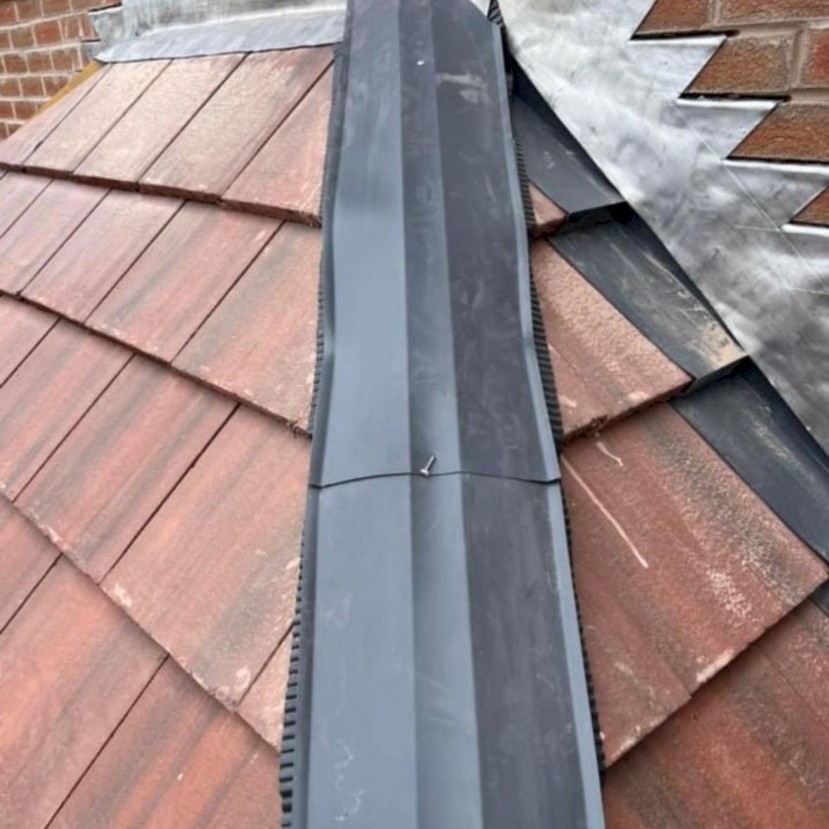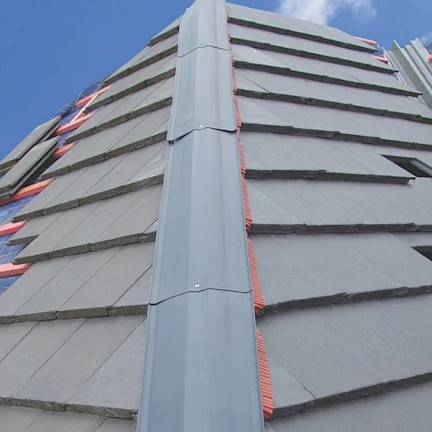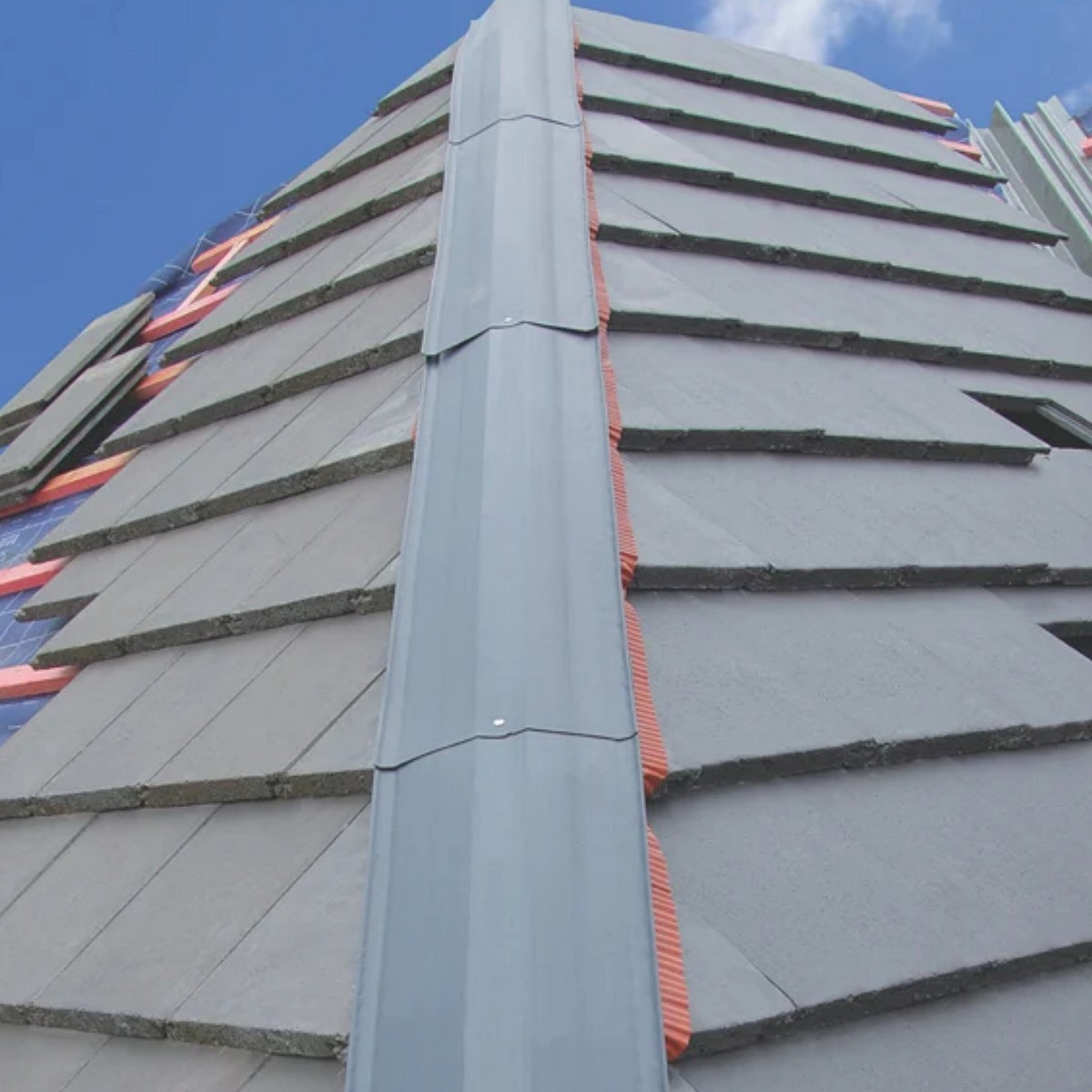Hip Support Tray
Our Hip Trays offer a quick and reliable solution for creating a strong, level base along the hip line of pitched roofs - ready for a professional dry-fix finish. Lightweight, easy to install, and UK-manufactured, these support trays are ideal for both new builds and refurbishments where a clean, uniform roof finish is essential.
Product Overview & Specifications
Dry Hip Trays (also known as Hip Support Trays) are designed to provide a consistent, level platform along the hip line of a roof, eliminating the need for traditional mortar bedding. This not only speeds up installation but also enhances long-term weather resistance, making them a reliable choice for today’s modern roofing systems.
Whether you’re working on a new build or retrofitting an existing roof, these trays help align and support hip tiles or caps while safeguarding vulnerable roof junctions from wind and rain ingress.
Product Specifications
Length: 1200mm
Pack size: 6 trays
Material: Durable, weather-resistant PVC
Key Benefits
Mortar-free installation for faster, cleaner roofing
Quick and easy to install – no specialist tools required
Suitable for all weather conditions
Lightweight and easy to handle
Ideal for new builds and refurbishments
Manufactured in the UK
Creates a consistent finish along the hip line
Reduces installation time and labour costs
Contact Us
Want to talk to us about our products? Get in touch
Or why not give us a call on 07304015396
Installation Guidelines
- Prepare the roof: Ensure the roof is lathed, and hip and ridge battens are fixed into the hip rafters using screws.
- Roll out the ridge underlay: Fix the dry ridge roll-out system in place using corrosion-resistant nails.
- Install the hip trays:
- Begin at the eaves and work upward.
- Each tray should overlap the one below by a minimum of 150mm to ensure full coverage and water runoff.
- Secure each tray into the hip batten using stainless-steel nails.
- Trays may be cut to length if needed using a suitable cutting tool. We recommend using appropriate PPE and a fine-tooth saw or plastic cutting tool rather than a utility knife for safety.
Always consult the roof tile manufacturer’s guidance to ensure full system compatibility.



